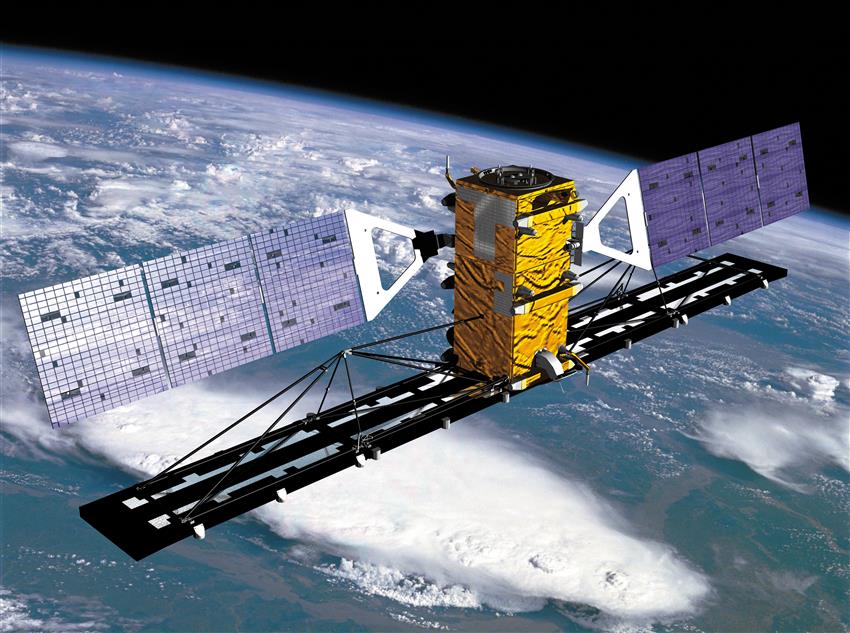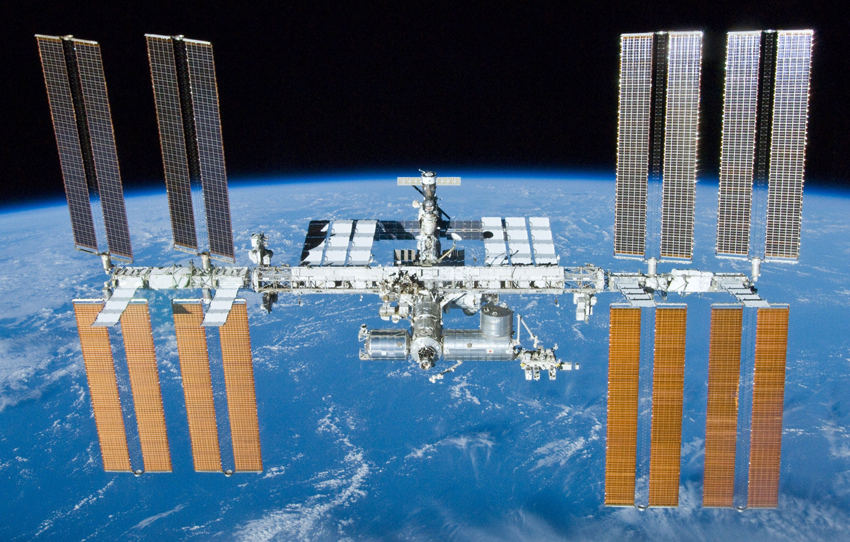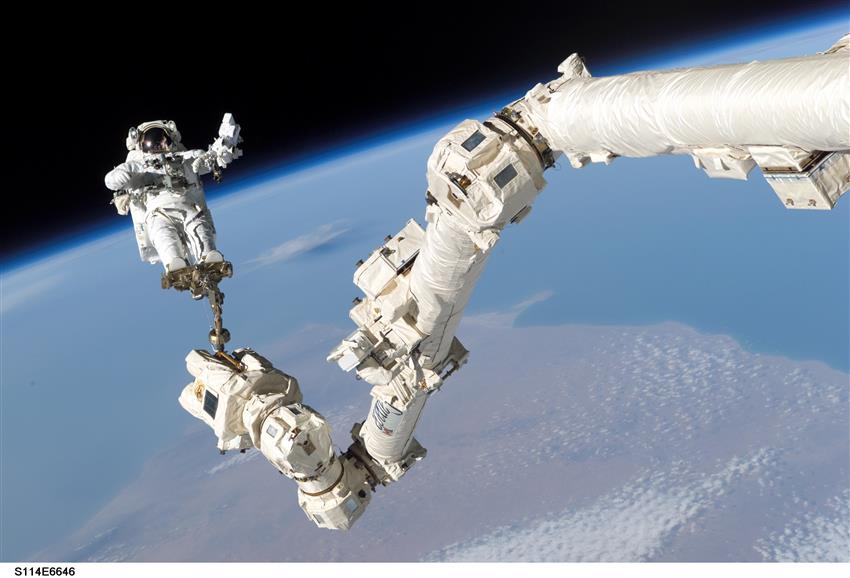Careers in space – Engineers
Engineers are problem solvers, inventors and innovators! They find solutions to real-life problems by using science and technology. Engineers make up a large proportion of the professionals in the space sector, and for good reason: engineering is key to the success of space operations.
If you would like to turn your ideas into reality, engineering might be for you! Who knows, one of your technical accomplishments may one day be just the thing to help astronauts complete their mission.
What does an engineer in the space sector do?
Engineers in the space sector design, build and maintain systems and spacecraft. They are responsible for launching spacecraft, landing rovers on Mars, building communication satellites that allow us to use the Internet, and so much more.
To accomplish these incredible feats, engineers use math, science and technical knowledge as their tools of choice. They apply scientific principles to real-world problems and provide practical solutions, turning science into technology.
| Problem | Solution |
|---|---|
| Sending a probe to an asteroid takes a lot of fuel. | Calculate a trajectory that uses planets' gravities to propel the probe and save fuel. |
| Extreme temperatures in space damage electronic equipment | Find or create materials that can withstand the extreme temperatures of space. |
| Operating a rover on Mars is very difficult because of the 15-minute communication delay. | Build an artificial intelligence system so that the rover can work autonomously. |
As an engineer in the space sector, you could work on:
- spacecraft such as satellites, probes, rockets, and spaceships.
- space stations – perhaps even one of the space habitats of tomorrow!
- ground equipment to communicate with or operate spacecraft from Earth.
- robots, computer programs, spacesuits, and much more.
What should I study to become an engineer in the space sector?
Programs of study
As with all space careers, there are many paths you can take to become an engineer. It all depends on what field of work interests you most. Here are some of the programs of study you could choose:
- Aerospace engineering,
- chemical engineering,
- computer engineering,
- electrical engineering,
- materials engineering,
- mechanical engineering,
- software engineering
You can visit the Engineers Canada website for a list of accredited engineering programs and the universities in Canada that offer them.
Education requirements
Different levels of education in engineering can lead you to different types of work.
- Bachelor's degree – Four years of study
- With a bachelor's degree, you will be able to work on the planning and implementation of projects. You can also work on the design, integration, testing, and maintenance of technologies. You will be able to identify project needs and incorporate existing technologies to meet those needs.
- Master's degree – Two additional years of study
- A master's degree will allow individuals to work in high-technology fields that require more in-depth knowledge of mathematics and science. Many of the engineers working in the space sector have a master's degree, although it is not always a requirement.
- Ph.D. – Three to five years of study following a master's degree
- Engineers who obtain a Ph.D. are able to become team leaders and technical experts. They can also work in universities as professors.
What are some of the fields of work of engineers in the space sector?
If spacecraft and the space environment spark your imagination, you have plenty of careers to choose from in the space industry. Here are some of the areas you could specialize in as an engineer in the space sector.
Keep in mind that many of these disciplines may overlap with one another.
Aerospace engineering
Mechanical, aerospace or spacecraft engineers design, build, test, maintain and repair spacecraft as well as related equipment and systems. They also design structures, engines, and propulsion systems.
Their work can involve:
- the basic structural design of craft
- telemetry and communications
- instrumentation (e.g., sensors, attitude control systems, and feeder and life preservation systems)
- orbital parameters
- material selection
They must study the resistance of materials and apply the principles of mechanics (Newton's laws of motion) and aerodynamics (interaction between the air and solid objects moving through it). They may have a degree in aerospace engineering, aeronautical engineering, space system engineering, or mechanical engineering.
This animation presents the key components of an RADARSAT Constellation Mission satellite. (Credits: MDA, Canadian Space Agency)
Computer/software engineering
Computer engineer
Computer engineers design and develop computer systems used in spacecraft. They are responsible for analyzing the computational tasks of a space project and then recommending the software and instruments needed to fulfill those requirements.
To meet specific project objectives, computer engineers may also design and implement a system for which they develop hardware like field-programmable gate arrays or microcontrollers.
Software engineer
Software engineers are primarily focused on designing, developing, and testing the software used in a space mission. This includes software on ground stations for monitoring and commanding spacecraft as well as software on orbiting satellites for telemetry and communication purposes.
Engineers in this field must be familiar with the computer systems for which they are developing software, since the programs they write often interact with multiple sensors and control different pieces of hardware.
Electrical/electronics engineering
Electrical engineer
Electrical engineers design electrical sets for spacecraft. To that end, they may update system and application software. Electrical engineers oversee the manufacturing, installation, maintenance and repair of electrical sets and ensure that electrical set plans are safe. The last thing we want is to have to fight a fire during a space mission!
Electronics engineer
Electronics engineers in the space industry design electronic control equipment used in many areas, including automation and telecommunication. For example, electronics engineers may design equipment used to communicate with astronauts during a space mission or carry out testing on satellite antenna to ensure that they work perfectly before being used.
Avionics and instrumentation engineer
These engineers specialize in the design, development, manufacture, testing and installation of electronic systems (e.g., printed circuit boards, microprocessors, sensors) and automated flight systems for spacecraft instruments.
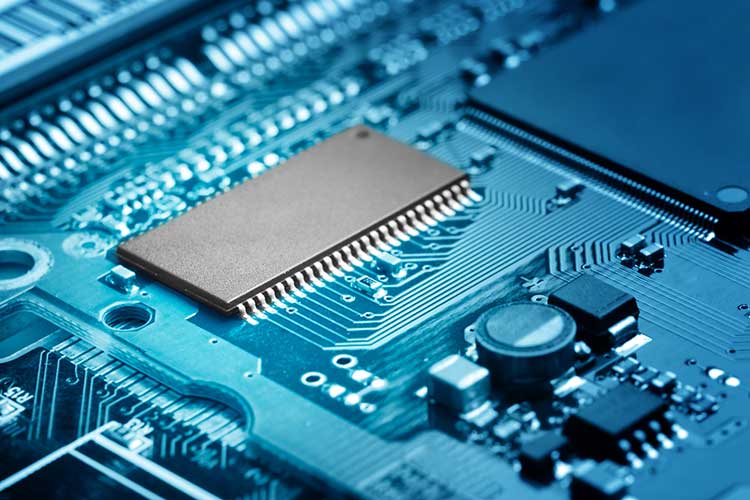
Close-up of an electronic circuit. (Credit: NASA)
Materials engineering
Some engineers specialize in determining which materials are best suited for the harsh environment of space. Many of them hold a degree in mechanical or materials engineering. They work on the production, processing, development, design and use of modern materials for space missions. They also conduct research to find the best combination of materials (metal, plastic, minerals, etc.) to protect spacecraft from the cold, heat, and intense rays in space. For example, the space shuttle was covered with ceramic tiles that were heat-resistant and protected the shuttle upon re-entry into Earth's atmosphere.
Robotics
Robotics engineers primarily work on the design and testing of robotic systems. These systems are comprised of mechanical, electrical, and software components that interact with one another. As such, robotics engineers usually have a degree in mechanical, electrical, or software engineering and work as part of a multidisciplinary team.
Because spacewalks involve risk for astronauts, we are increasingly trying to develop robots to perform tasks which would otherwise require astronauts to go out into space. Canadarm, Canadarm2 and Dextre were designed for that exact purpose.
Telecommunications
Telecommunications engineers develop, implement, evaluate, and maintain telecommunication networks to meet the needs of users. These networks transmit digital data via physical cables, optical systems, or radio systems. As part of their work, telecommunications engineers may develop specific systems and application software, prepare cost estimates and specifications, and establish maintenance and operating standards. They may also be required to analyze network problems and recommend solutions.
Operations in space rely heavily on communication networks to transmit telemetry and commands between ground stations and spacecraft. Engineers and systems must be able to deal with transmission delays in space as well as occasional communication blackouts (i.e., loss of signal).
Telecommunications engineers may have studied electrical, computer or communications engineering.
Engineers at the CSA
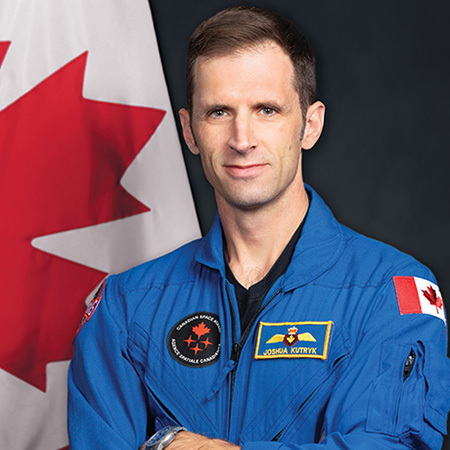
Joshua Kutryk
Astronaut

Kristen Facciol
Operations Engineer
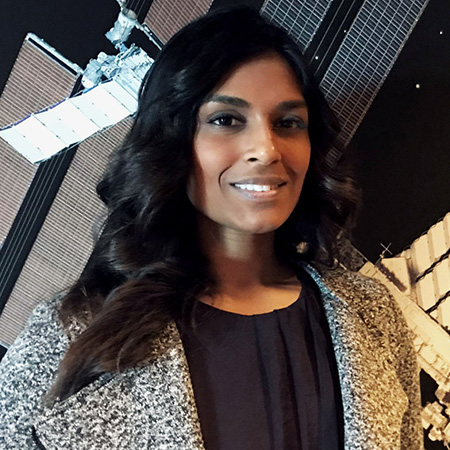
Kumudu Jinadasa
Project Engineer and Mission Manager

